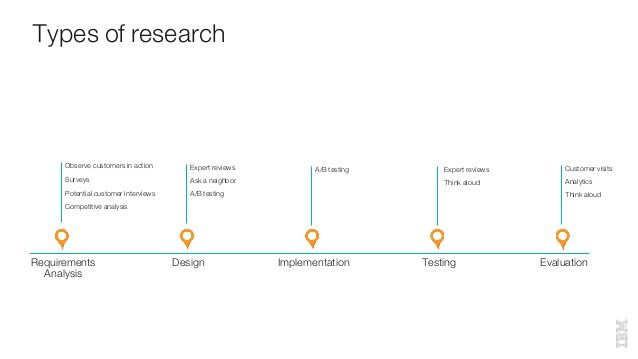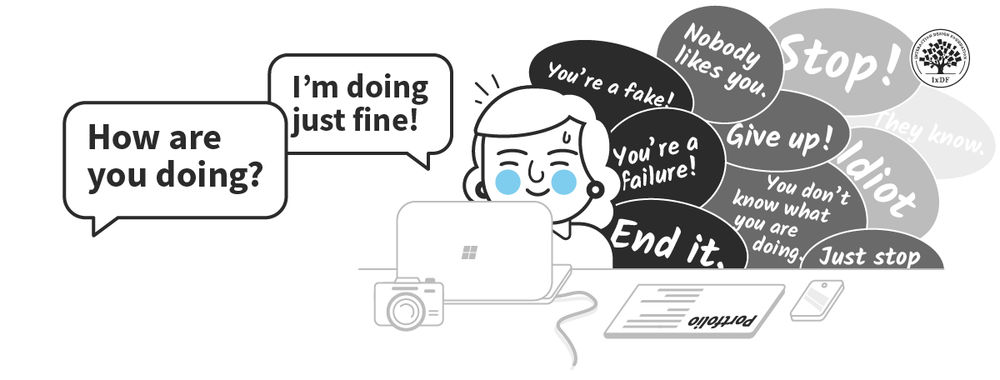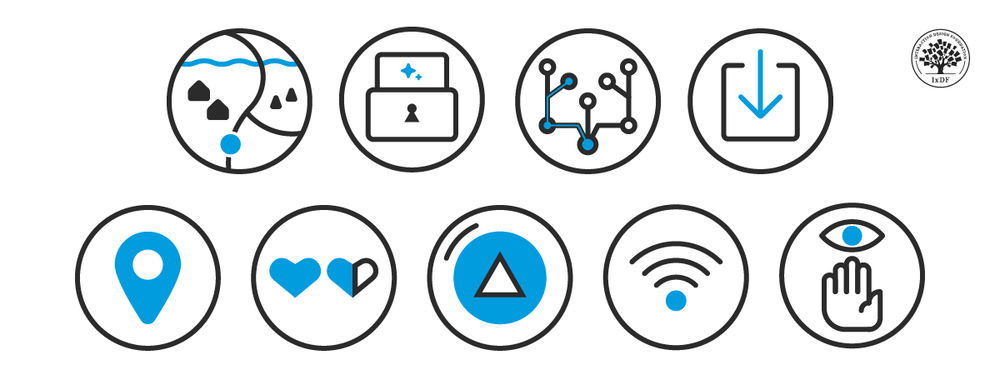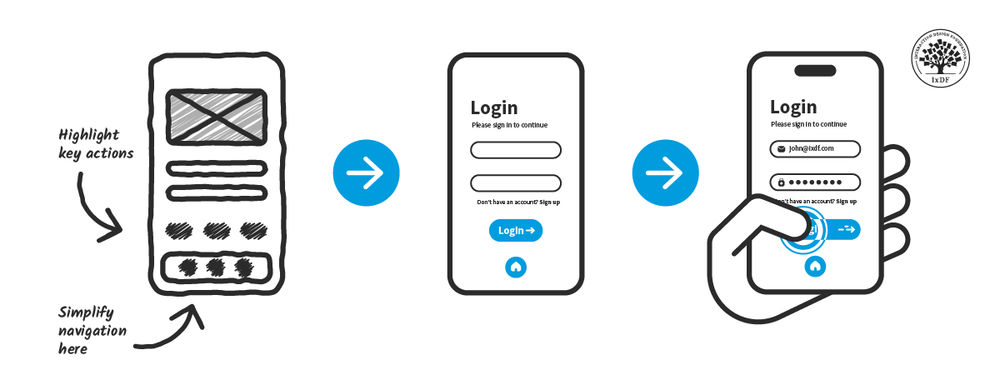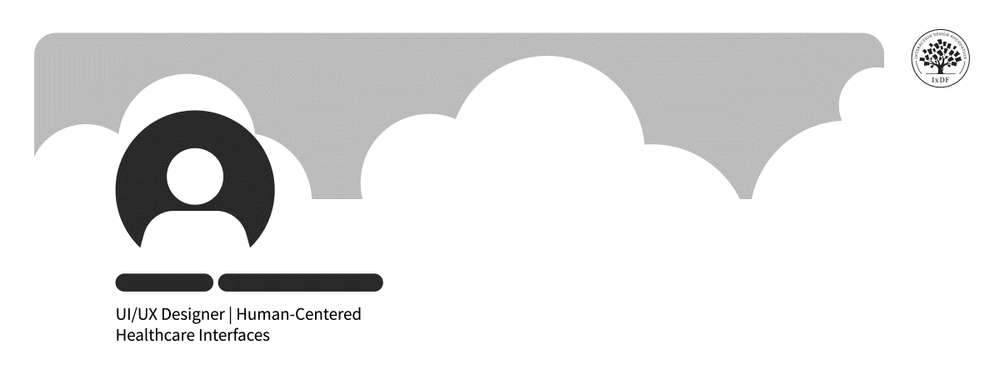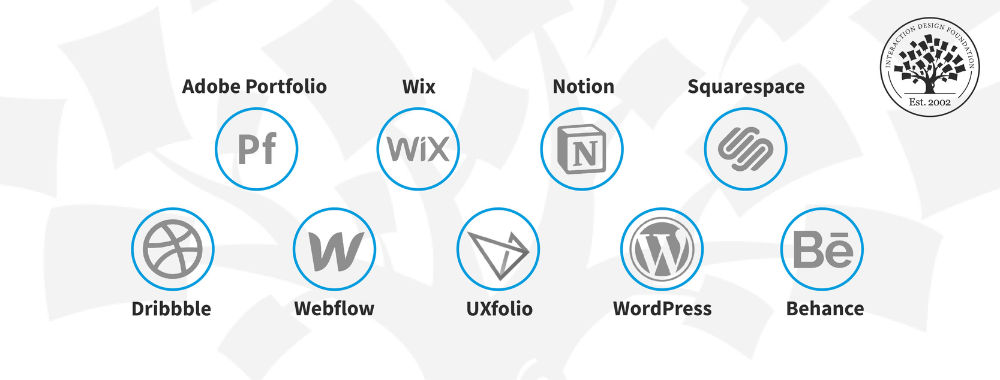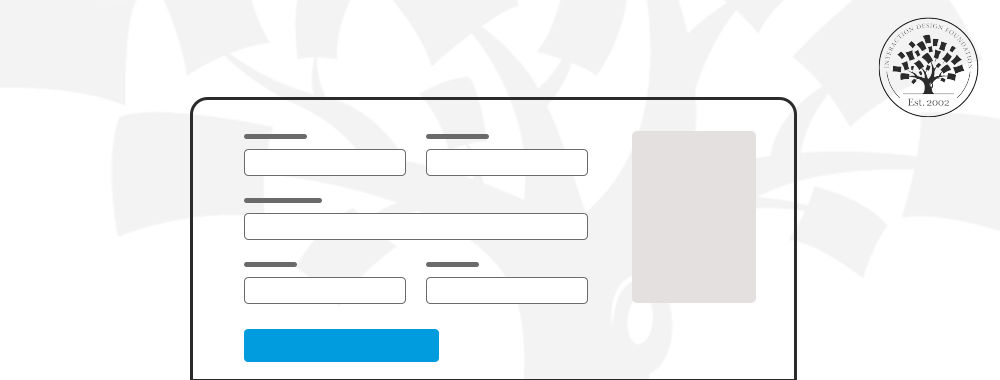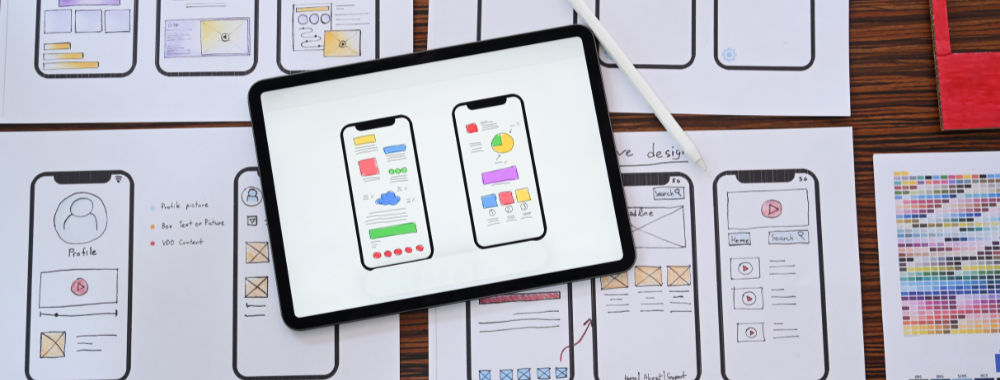If you’re uncertain as to whether the methodology you’ve chosen to conduct user research for a project is going to be useful; here’s a ten point checklist of simple questions to ask before pressing ahead with the research. Even if you don’t have an answer to some of the questions, it will help you make a better informed decision.
As the song says; “there are two paths you can go by, but in the long run there’s still time to change the road you’re on”. (Led Zeppelin – Stairway to Heaven – Written by: Robert Plant and James Patrick).
Is the Purpose of the Research Clear?
If you don’t have a clear purpose for your research i.e. a question you want answered; then how could the research method be useful? It is possible to get lucky playing darts with a blindfold but it’s much easier to get lucky when you can see and know what you’re supposed to aim for.
The first step of any research project is to determine what questions need answering and what the best methods might be to get those answers. Go directly to square one and start again until you have the question clearly in mind.
Is the Method Going to Be Practical?
There are constraints on many research techniques and ensuring that your choice operates within the constraints is going to improve the chances of successful results. So, do you have enough budget, time and resources to make this form of research work well? If the answer is no, you have two choices – get more budget, time and/or resources OR change the research method. Half measures are no way to get great results from research.
Can You Adapt the Method on the Fly?
Battle plans rarely survive the first engagement and user research has a tendency to need to change focus when users start to provide input. You may find you’re asking the wrong question or that there’s something far more important to deal with than you first thought. Is your chosen method flexible enough so that your research team can modify it as needed? Incredibly rigid protocols rarely produce the results you are looking for.
Is the Method Clearly Understood?
If your research team can’t understand the methodology it seems highly unlikely that they’ll be able to carry out the research effectively. If it’s not clearly understood – it might be time for a little education and planning rather than returning to the drawing board completely. However, if the team still doesn’t get what’s required of them once you’ve expended some effort on explaining it – you either change the team or change the method.
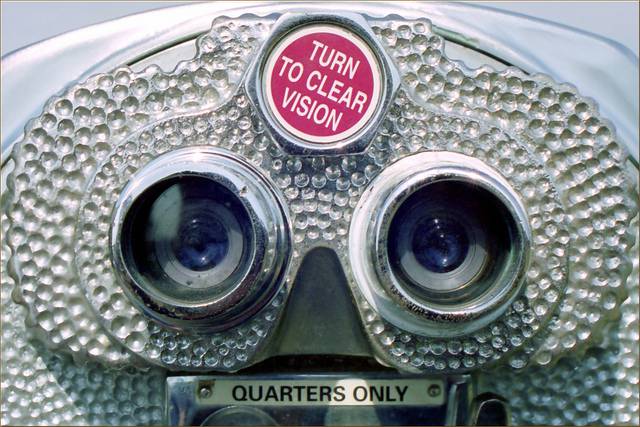
Author/Copyright holder: Dave Lawler. Copyright terms and licence: CC BY-NC-ND 2.0
Is the Method Easy to Remember and Repeat?
The more complex your method, the more likely it is that human error is going to influence the outcome. In general, UX researchers and people in general are pretty simple creatures. You need consistency in execution of the method to have confidence in any results you produce. If it’s too complicated, simplify – you don’t have to abandon the method completely but if it can’t be simplified – do you really want your team reading out of a book while they do the research?
Is it Easy to Execute the Method?
This kind of goes hand in hand with understanding and memorability. Once again, the more complex the methodology – the more likely it is to go off the rails when you’re using it. That doesn’t mean everyone has to start as an expert in conducting the method but it shouldn’t be too steep a curve for them to gain that expertise during the research either.
Is it Easy to Explain the Choice of Method?
Perhaps the cast iron test of a method’s usefulness is the ease at which you can explain to the stakeholders or your clients why you chose it. It should be something that every member of the research team can clearly articulate and win over the support of those funding the research. If you aren’t clear of the benefits of your research methodology, doesn’t it suggest that perhaps it requires a little more thought?
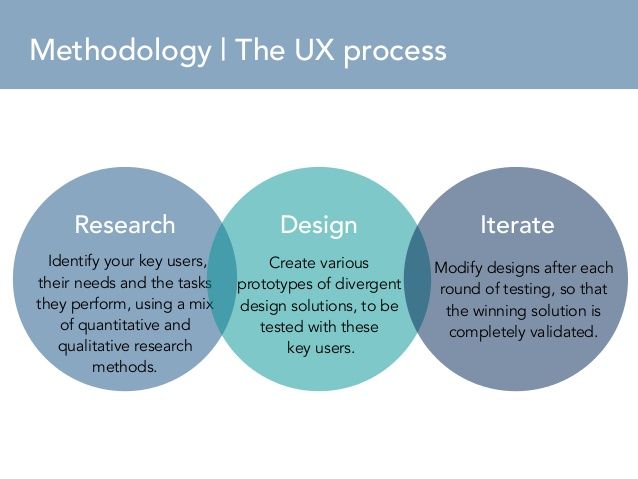
Author/Copyright holder: Marta Fioni. Copyright terms and licence: All rights reserved Img source
What’s the Value in this Method?
What are the outputs you expect to get from your research? (That doesn’t mean pre-supposing the answers to a question but it does mean having some expectations of getting answers). Why will these add value to the design of the product? Ideally, it should take no more than a quick scan of the research proposal for this answer to leap off the page. In the end, it’s this answer that stakeholders and/or clients are going to be focusing on. It’s here that you should be able to indicate some form of return on investment (ROI) from your research.
Does the Research Actually Involve Users?
It’s not the kiss of death for research, for example an expert review can be a great way to inform future research, but it should be a warning sign. If you’re not involving users in the research, what user-related insights are you really likely to draw from such research. User experience designers are really clever folks normally but we’re yet to meet a single psychic among the UX community. User involvement is a strong signal that the research is likely to produce something of value.
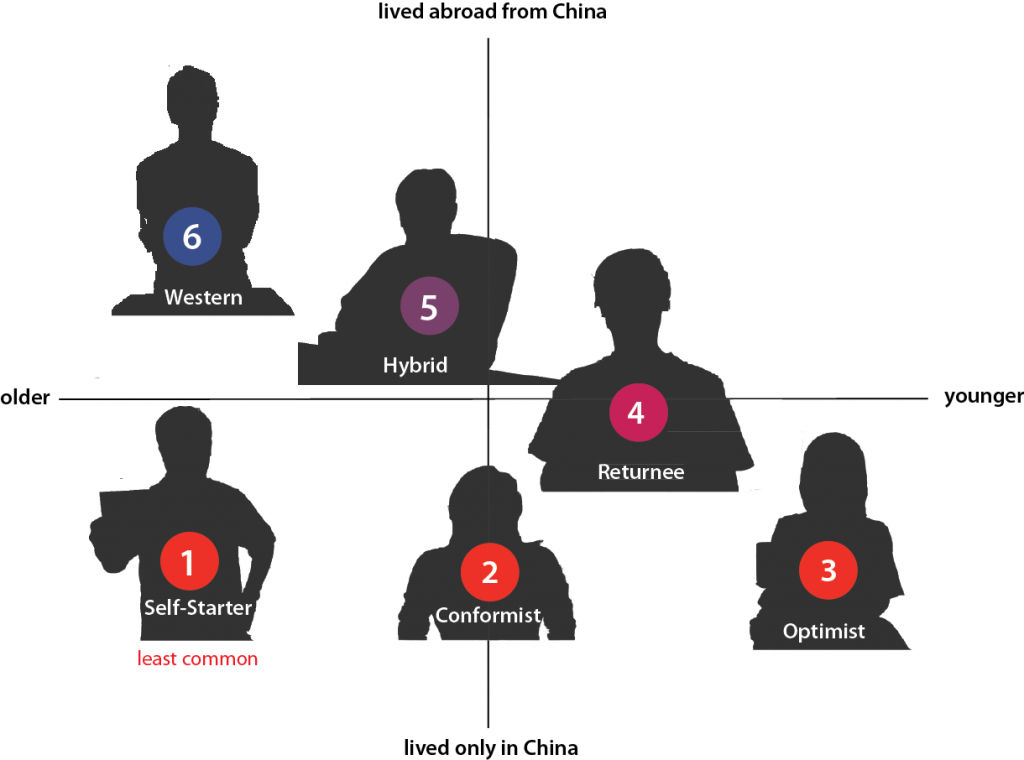
Author/Copyright holder: UX Magazine. Copyright terms and licence: All rights reserved Img source
Will The Results Result in Action?
Will the outputs of your project be clear to all relevant stakeholders? If so, how will this enable them to make decisions that result in meaningful action? Research for research’s sake is of very little value, except possibly as a training exercise. If you can’t see how the outputs can lead to useful action – it might be time to readdress the methods you’ve chosen.
Summary
Even if you can answer “yes” to every question above, there’s no guarantee that your chosen method will deliver on your expectations and investment. However, there’s a much better chance that it will when compared to the scenario where you answer “no” to all or some of the questions above.
Header Image: Author/Copyright holder: Yael Keren. Copyright terms and licence: All rights reserved. Img Source
